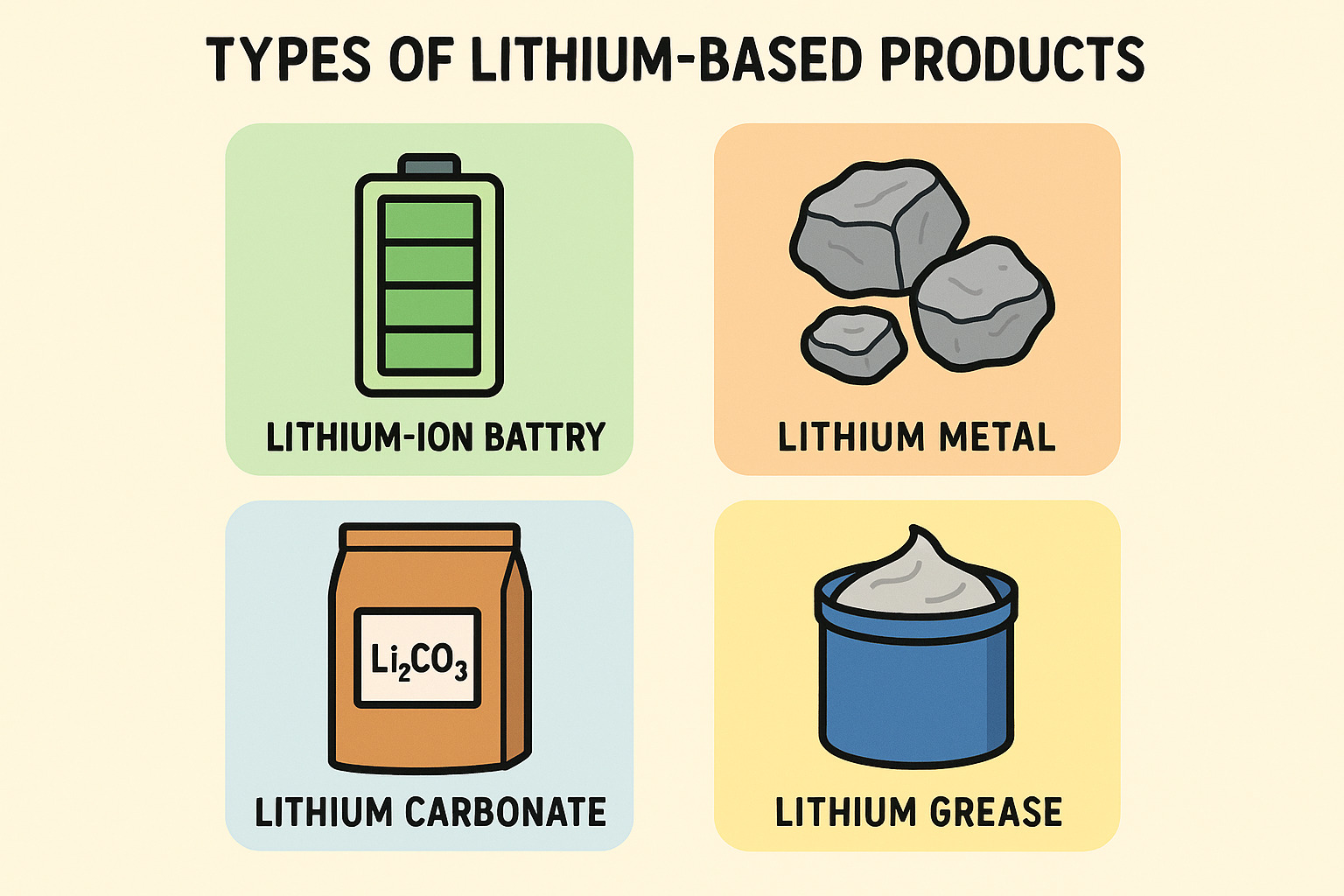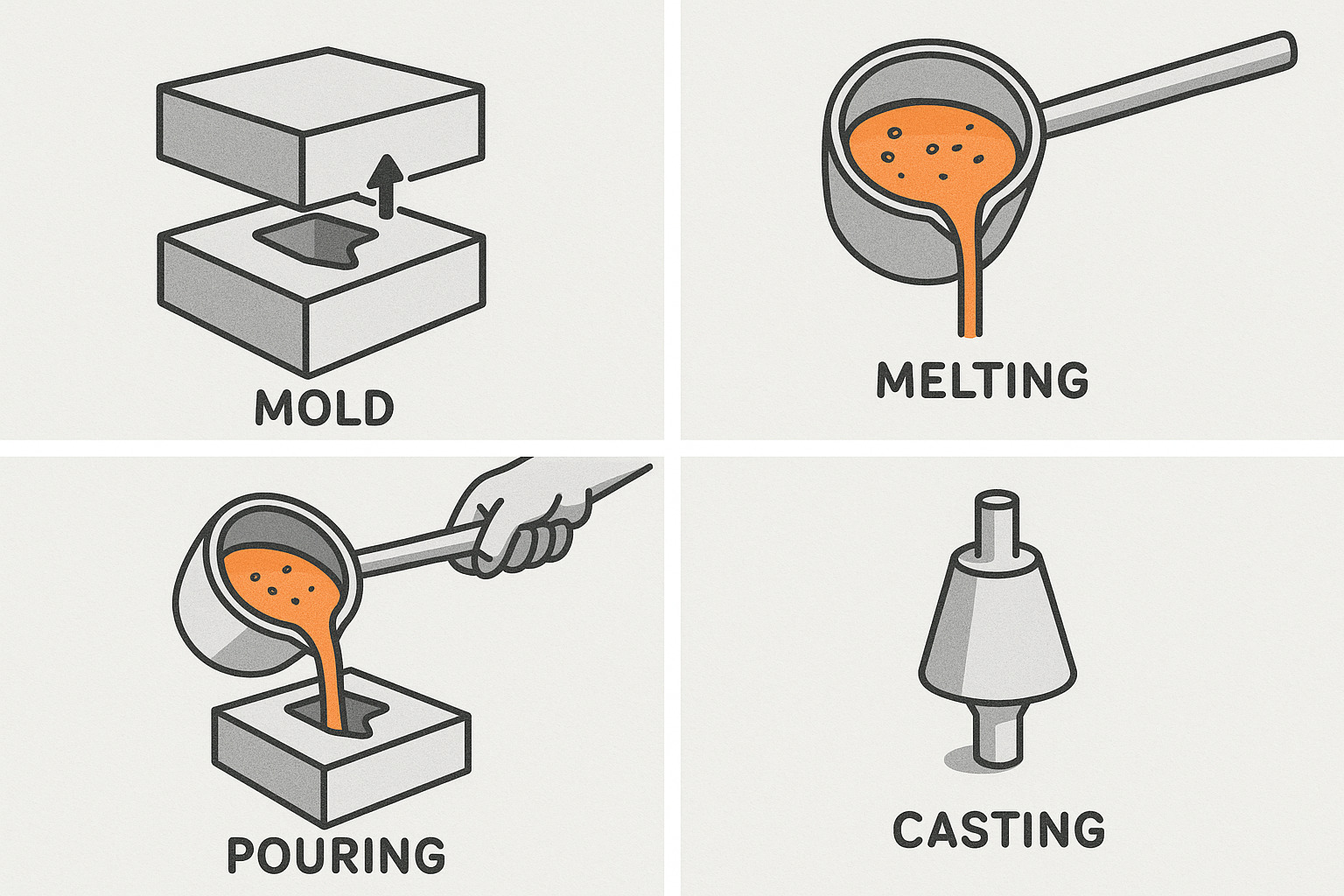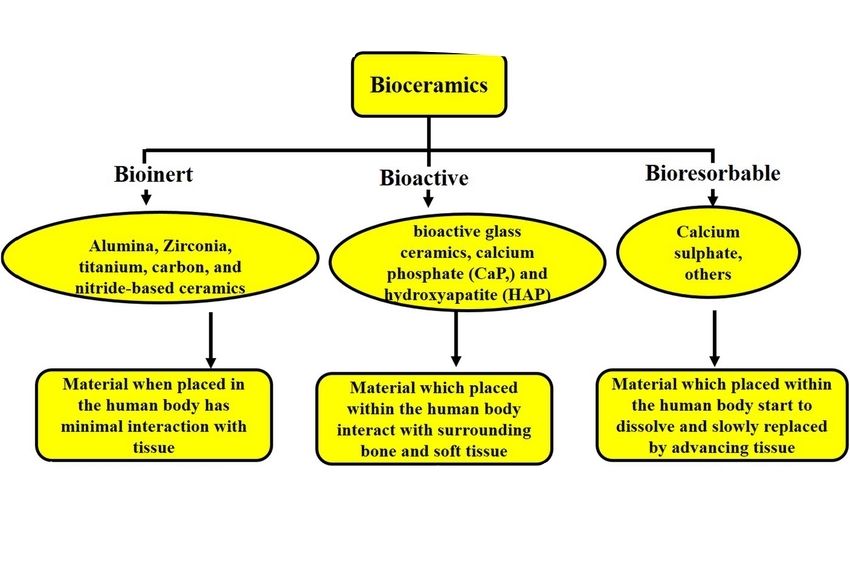What are Some Typical Compounds of Lithium?
Introduction
Lithium compounds hold a unique position in science and industry. Lithium compounds have been used for decades in the chemical industry, medicine, and batteries. In this article, we scrutinise some of the most common lithium compounds. We discuss their usage in everyday life, variations, and properties.
Lithium Carbonate (Li2CO3)
Lithium carbonate is a white, stable powder that can be handled easily. It is most commonly used for treating mood disorders. When prescribed by a physician, lithium carbonate stabilises mood swings. The chemical is also utilised in the manufacturing of ceramics and glass.
In the manufacture of batteries, lithium carbonate is a raw material for lithium-ion batteries. It is a readily available chemical and is the most favoured among producers. In ceramics, it lowers the melting point of the blend, making it easier to control during processing. In the production of glass, lithium carbonate in small quantities can enhance clarity and hardness.
In simple terms, lithium carbonate is versatile. It has attributes that can be applied both in medicine and industrial operations. The chemical is easy to produce on a large scale, hence the reason why it is ordinary and inexpensive.
Lithium Hydroxide (LiOH)
Lithium hydroxide is typically white in solid form. It is soluble in water and also highly reactive with carbon dioxide. Lithium hydroxide is used in the manufacturing of other lithium compounds in various fields of production using chemical reactions.
One of the significant applications of lithium hydroxide is in the production of lithium-ion batteries. Lithium hydroxide is used for the creation of cathode material for the batteries that power many devices in current use. Lithium hydroxide is also used in air purification systems to help remove carbon dioxide.
Lithium hydroxide is valued by chemists because it has the ability to neutralise acids quickly. This makes lithium hydroxide valuable in processes that require a set pH level. In most cases, lithium hydroxide is a vital chemical with extensive uses in energy storage and process regulation.
Lithium Chloride (LiCl)
Lithium chloride is a white or colourless compound and is highly soluble in water. Owing to its solubility, it can serve as an efficient desiccant in various drying operations. Lithium chloride drying agents are typically employed in industries and laboratories.
Apart from its dehydrating nature, lithium chloride is used in chemical synthesis. Lithium chloride is a component of many reaction processes that require a source of lithium ions. Lithium chloride is inexpensive and readily available. Because of these features, lithium chloride is frequently used in academia and industries.
In short, the high solubility and efficiency of lithium chloride as a drying agent contribute to its popularity. The compound is also used as a supporting substance in numerous chemical reactions, clearly demonstrating its consistent contribution to the area.
Lithium Bromide (LiBr)
Lithium bromide is a less common but extremely important compound in certain uses. It is typically in the form of a white crystalline solid. Lithium bromide is utilised in absorption chillers in air conditioning systems.
In chillers such as these, water vapour is absorbed by solutions of lithium bromide. This cooling aids in large systems. The compound is used in some chemical synthesis reactions as well. Although it does not receive the same attention as lithium hydroxide or lithium carbonate, lithium bromide has its applications in the industry.
Due to its unique absorbing property, lithium bromide is highly valued in settings where moisture or temperature management is critical. This property has rendered the compound a trusted fixture in certain sectors in the chemical and energy sectors.
Lithium Fluoride (LiF)
Lithium fluoride is a white crystalline compound with excellent thermal stability. Lithium fluoride is generally utilised as a flux in metallurgical processes. Lithium fluoride, in the production of glass and ceramics, inhibits defects in the end products.
Among the lesser but important uses of lithium fluoride is in optical applications. It can be used to create special glass or other optical materials. The material is also recognised for its superior resistance to heat. All of these characteristics render it ideal in high temperature environments.
Lithium fluoride is usually not seen as a stand-alone product in consumer markets. Its application towards enhancing industrial processes does indicate that it has significant importance in the industry. Its role in producing high-quality output cannot be overemphasised, particularly when purity and strength are required.
Why Lithium Compounds Are Widely Used in Energy, Chemicals, and Medicine
Lithium compounds are essential due to their positive attributes. Lithium compounds are lightweight and have very high energy density. The lithium compounds charge quickly and retain energy for long durations. This is why most modern devices use lithium-based energy storage.
Lithium compounds are used as catalysts or as reaction step precursors in the production of chemicals. Their chemical stability and reactivity under controlled conditions contribute to efficient production. Lithium compounds such as lithium carbonate have been consistently relied upon in medicine to manage mood disorders. The effectiveness in treatment processes has been supported by five decades of clinical use.
The healthcare, chemical, and energy sectors all favour compounds that deliver reliability and efficiency. Lithium compounds fulfil these requirements. Their widespread use in everyday devices alongside life-changing medications demonstrates their adaptability.
Distinguishing Common and Specialty Lithium Compounds
It should be noted that not all lithium compounds are similar. They are divided into common compounds and specialty compounds. Common lithium compounds include lithium carbonate, lithium hydroxide, and lithium chloride. These compounds are produced on a large scale. Their production is highly developed, and they are characterised by specific properties and uses. They are affordable and reliable.
In contrast, specialty lithium compounds are designed for specialty uses. They are tailored to high-performance requirements in new battery technologies and advanced chemistry applications. Specialty compounds can require new processing procedures. Their production is usually conducted in controlled conditions and focused on achieving high purity levels.
Although both common and specialty compounds are important, the common compounds are generally produced and utilised on a larger scale. Specialty compounds can be employed if performance requirements exceed the capabilities of the common compounds. Both have their application based on the specific needs of the use case.
Conclusion
Lithium compounds have contributed to humanity in many ways. They power our devices, assist in chemical production, and stabilise mood in medicine. Each compound has unique characteristics and is applied in specific applications.
Frequently Asked Questions
F: Why is lithium carbonate important in medicine?
Q: It stabilises mood in bipolar patients.
F: How does lithium hydroxide contribute to air purification?
Q: It effectively captures carbon dioxide from air.
F: Why are lithium compounds preferred in the production of batteries?
Q: They deliver good performance and high energy density.

 Bars
Bars
 Beads & Spheres
Beads & Spheres
 Bolts & Nuts
Bolts & Nuts
 Crucibles
Crucibles
 Discs
Discs
 Fibers & Fabrics
Fibers & Fabrics
 Films
Films
 Flake
Flake
 Foams
Foams
 Foil
Foil
 Granules
Granules
 Honeycombs
Honeycombs
 Ink
Ink
 Laminate
Laminate
 Lumps
Lumps
 Meshes
Meshes
 Metallised Film
Metallised Film
 Plate
Plate
 Powders
Powders
 Rod
Rod
 Sheets
Sheets
 Single Crystals
Single Crystals
 Sputtering Target
Sputtering Target
 Tubes
Tubes
 Washer
Washer
 Wires
Wires
 Converters & Calculators
Converters & Calculators
 Write for Us
Write for Us
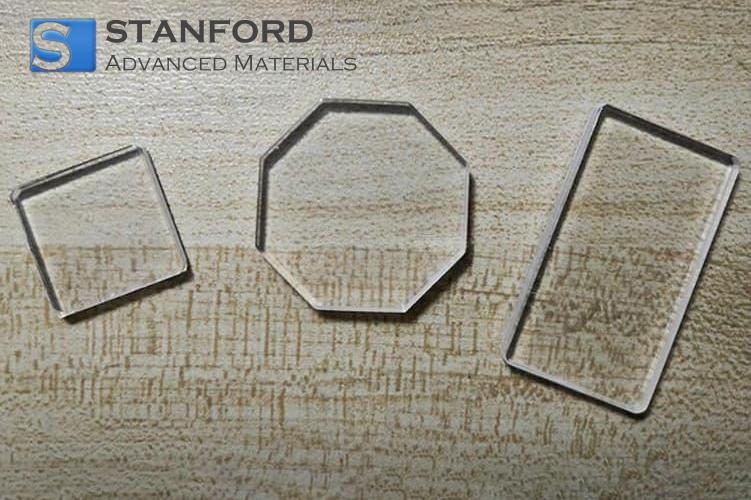
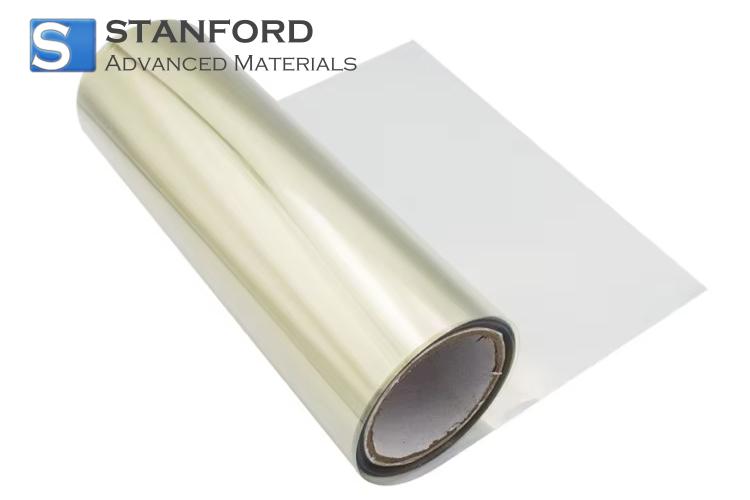
 Chin Trento
Chin Trento

